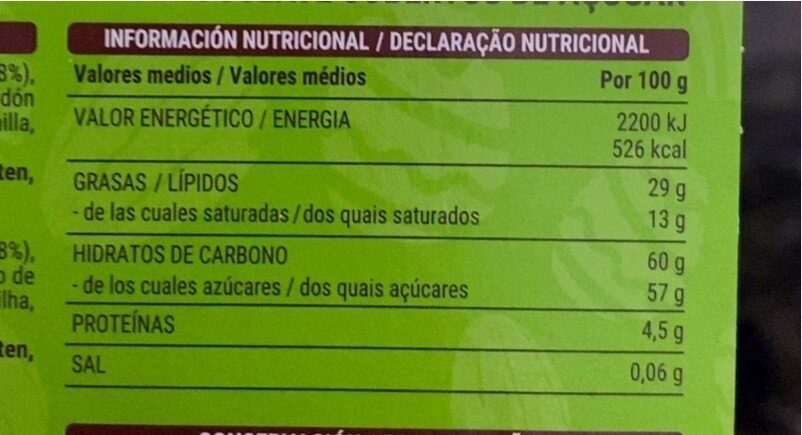Huevos dinosaurio Choc - Hacendado - 130g
This product page is not complete. You can help to complete it by editing it and adding more data from the photos we have, or by taking more photos using the app for Android or iPhone/iPad. Thank you!
×
Barra-kodea: 8480000608765 (EAN / EAN-13)
Izen arrunta: Huevos de chocolate grageados
Kopurua: 130g
Ontziratzea:
en:Green dot
Markak: Hacendado
Kategoriak: en:Cocoa and its products, en:Festive foods, en:Easter food, en:Chocolate eggs, en:Easter eggs
Etiketak, ziurtagiriak, sariak:
en:Green Dot
Dendak: Mercadona
Saltzen diren herrialdeak: Espainia
Matching with your preferences
Ingurumena
Ontziratzea
Transportation
Report a problem
Datuen iturria
Product added on by kiliweb
Last edit of product page on by kiliweb.
Produktuaren orria -gatik editatua alia, roboto-app, yuka.sY2b0xO6T85zoF3NwEKvll1GccCHhQngCjD4shy3nPaWAoP0Y_R0wYnBIqs, yuka.sY2b0xO6T85zoF3NwEKvlmhMb-fggjj_LDDQpk6n782hJabpS_9j4Nj7aKo.








